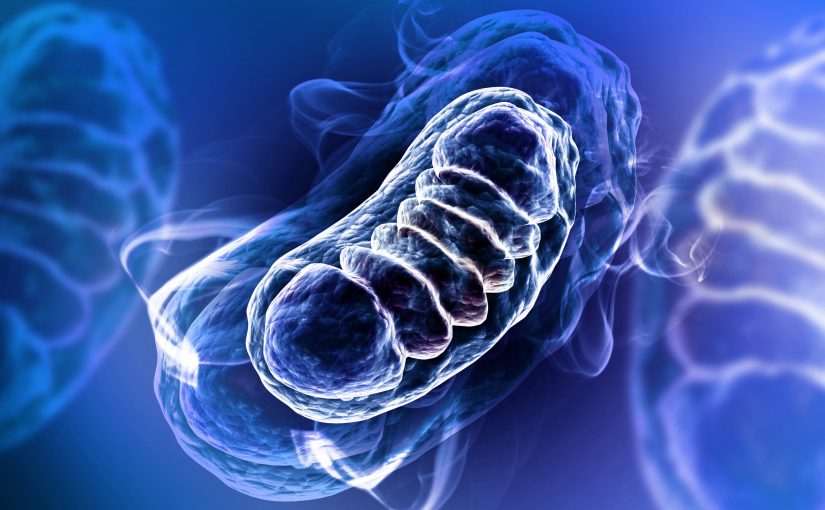Mitochondrial disease (mito) is a complex genetic condition caused by mutations in one of over 290 genes. The Mito Foundation helps raise awareness of mito, as well as funding research and offering support to families, so with their help we’ve put together a brief explainer about this mysterious disease.
What is mito?
Mitochondria are found within our cells, and are responsible for burning food to create energy. Mitochondrial disease is an umbrella term for a family of diseases, caused by defects in energy production, which powers all the organs and systems in our body. So, it is not surprising that mitochondrial disease can affect people in a number of ways and with a broad range of disease severity.
What are the symptoms?
All our organs require a constant supply of energy to function and due to the range of genetic changes that can cause mito, symptoms can vary greatly from person to person.
Mitochondrial disease may manifest at any age, though typically those who experience symptoms at a younger age have more severe health issues.
The confusion around this and the difficulties with reaching an accurate diagnosis swiftly, have prompted the Mito Foundation to create the Maybe It’s Mito campaign. They urge people who have symptoms involving 3 or more organs plus any red flag symptoms including diabetes, seizures and ‘salt and pepper’ retinopathy, to discuss mito with their doctor.
How is mito diagnosed?
Pathology testing plays a very significant role in diagnosing mito and many people undergo a diagnostic odyssey which involves extensive testing and for some people can take many months or even years.
Testing for mito
Our body’s preferred way to make energy is aerobic energy production, which takes place in the mitochondria, miniature ‘power stations’ inside our cells. It uses breakdown products from foods combined with oxygen, to produce ATP (adenosine triphosphate), the body’s primary source of energy.
Anaerobic energy production is the process by which energy is produced by breaking down foods without using any oxygen. During this process lactic acid (also called lactate) is produced by tissues.
One of the steps a doctor might take if mito is suspected is ordering a test to measure the level of lactate, which in people not affected by mito is usually present in the blood at only low levels. A high lactate level infers the body is relying more on anaerobic energy production and is not producing enough energy in the mitochondria, which could be indicative of a mitochondrial condition.
The liver may also be affected by mito, so liver function tests may also be ordered to look for evidence of liver damage.
Brain MRI and proton magnetic resonance spectroscopy (MRS) may be used to look for evidence of mitochondrial disease.
Depending on the details of each case, other pathology tests may be performed such as a lumbar puncture or a muscle biopsy.
If mutations in a specific gene are known to be responsible for a specific type of mitochondrial disease, then DNA sequencing can be performed to identify those gene mutations.
Professor John Christodoulou is Co-Leader of the Brain and Mitochondrial Research Group at the Murdoch Children’s Research Institute and sits on the Mito Foundation’s Scientific and Medical Advisory Panel. He said, “The catchcry we use to describe mito is ‘any symptom, any age, any organ, any inheritance’ because the way the disease affects people is so broad. It’s very important to understand that about mito.
This is why it can be difficult to diagnose quickly and studies are being done to gather evidence to improve the testing process. Using next generation DNA sequencing earlier in the diagnostic journey could help reduce the time taken to diagnosis and reduce the number of pathology tests and imaging procedures needed. This would help patients get the right treatment sooner.”
How do you get mito?
Changes in either nuclear or mitochondrial DNA can cause mito, and in most cases are passed on from parents to their children. Depending on the inheritance pattern, a number of members of the family may show clinical signs of mito, although the severity of symptoms can vary greatly between family members.
Mitochondrial disease often requires a triggering event in order for symptoms to appear, which may include an infection or surgery. Due to the higher level of energy required, periods of intense exercise can also be a trigger.
For more information about mitochondrial disease visit mito.org.au

